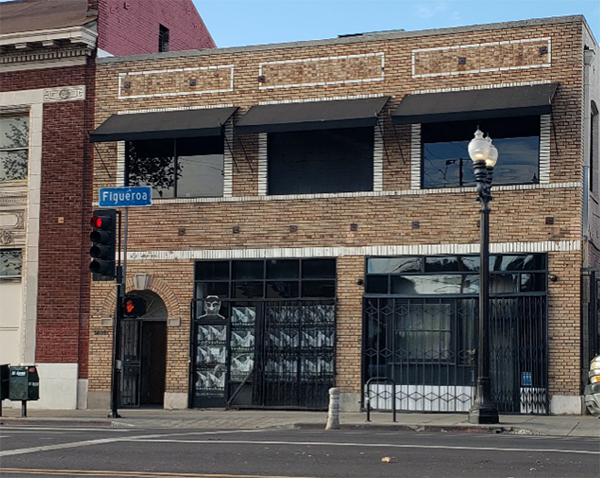By Ashley Orona
Contributing Writer
HIGHLAND PARK — Residents have nominated two local buildings for cultural monument status in hopes of protecting Chicano history from gentrification efforts.
The Highland Park Heritage Trust nominated the Centro de Arte Público and the Mechicano Art Center to be recognized as historic cultural monuments which the Los Angeles City Cultural Heritage Commission voted in favor of on Jan. 21. The nominations will now move to the City Council’s Planning and Land Use Management Committee and then to the full City Council for a final vote.
The two buildings are considered important to the community’s history because they were places where members organized during the Chicano movement of the 1960s. Community members have seen the demographics of Highland Park change in the last decade due to gentrification that has displaced long-time residents and businesses that can no longer afford to live or operate in Highland Park.
Residents believe that by identifying the buildings as cultural monuments it will prevent history from being erased as the community continues to change.
“I feel like in general Chicano and Latino history is not preserved as well,” said Jamie Tijerina, president of Highland Park Heritage Trust.
The Chicano Movement in the late 1960s was a social and political movement that worked to embrace a Chicano identity and combat structural racism, encouraged cultural revitalization and achieved community empowerment by rejecting assimilation.
The buildings exemplify significant contributions to the social, cultural, and political history of Highland Park and the greater Los Angeles area for the locations are two of three organizations that made up the Chicano Arts Collective, which played an instrumental role in the Chicano movement and the cultural development of the Latino community.
Recent gentrification efforts in Highland Park have threatened to remove buildings and art that are significant to Latino history. A prominent example is that many property owners who move into the area remove old murals depicting important cultural images such as immigrant farmworkers, Aztec warriors, and religious figures, according to Tijerina.
“We have a development that’s being proposed in the [historic preservation overlay zone] and they are not really presenting something that complies with the HPOZ,” Tijerina said. “There’s been some discrepancies that we’re noticing in what the developer is saying versus what they actually plan to do.”
Highland Park is under a Los Angeles City’s historic districts program called a historic preservation overlay zone, which aims to identify and protect distinctive architectural and cultural resources in historic neighborhoods.
Designating a neighborhood as a local historic district means that any new projects in that neighborhood must complement its historic character. The districts provide a layer of planning control during a project’s review process.
All exterior work proposed in a zone, including landscaping, alterations, additions and new construction, is subject to additional review. Each district has a preservation plan with design guidelines and a board that reviews proposed work.
Classifying the two buildings as historic cultural monuments will add additional protections to the buildings, which would require developers to go through an even more extensive process and comply with regulations.
“This historic monument status levels up the protections that these buildings have while also recognizing the importance and the significance of what’s happened with the cultural impact [they] have created in the neighborhood,” Tijerina said.
Ashley Orona is a freelance reporter for Wave Newspapers who covers the East Los Angeles area. She can be reached at Oronash@gmail.com.












